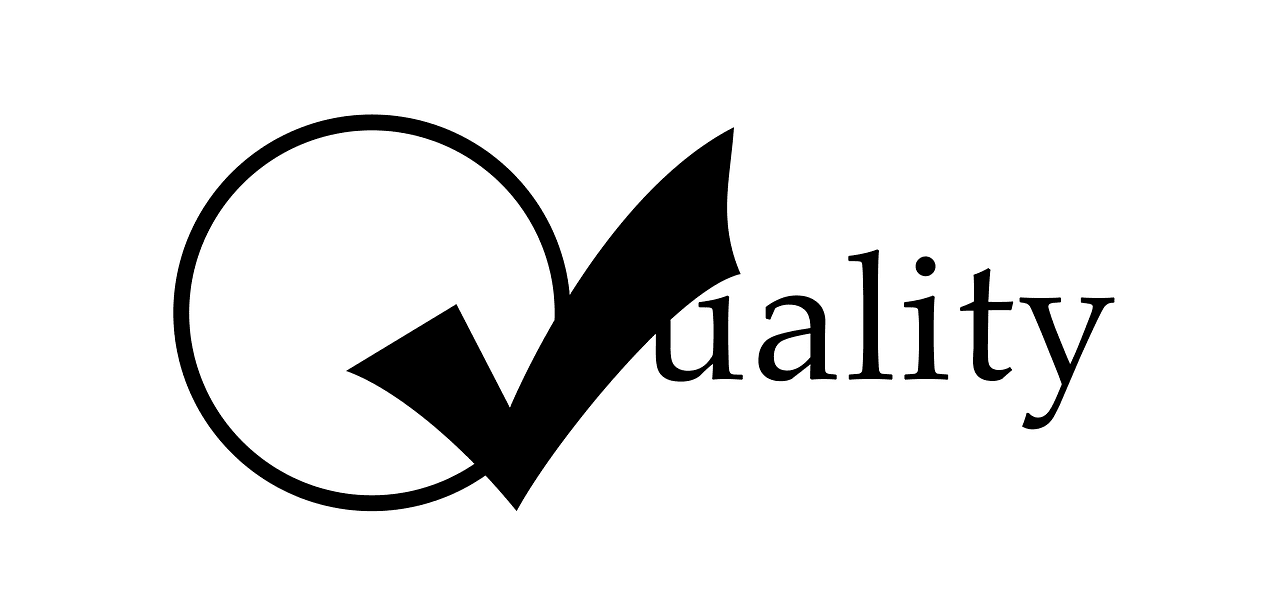In today’s rapidly evolving & fiercely competitive world, the importance of quality assurance in laboratories cannot be emphasized enough. It assumes a pivotal role in guaranteeing the precision, dependability, and credibility of test results generated within these scientific environments. Whether it pertains to medical, research, or manufacturing laboratories, upholding stringent quality standards is imperative to furnish precise and reliable information. This blog aims to explore the significance of quality assurance in labs, shedding light on its numerous advantages & the measures undertaken to attain it.

1. Introduction: Understanding the Role of Quality Assurance in Laboratories
Quality assurance in laboratories is all about carefully following step-by-step processes and doing activities to make sure that the results are accurate and dependable. It includes setting strict quality standards, following rules and regulations, and using strong quality control measures. The significance of quality assurance in laboratories cannot be emphasized enough. It is crucial to build everlasting confidence in the validity of the generated data. The public’s trust within the scientific community is maintained and informed decision-making is made possible thanks to this trust.

2. Ensuring Accuracy and Reliability in Test Results
Ensuring the accuracy and dependability of test results stands as a key objective in laboratory quality assurance efforts. This involves implementing rigorous processes for sample collection, handling, and analysis. By following standardized protocols and utilizing state-of-the-art equipment, labs can minimize errors and variations, leading to more precise and dependable results.

3. Compliance with Regulatory Standards
Compliance with regulatory standards and directives set by competent authorities is an integral aspect of quality assurance in laboratories. These regulations ensure that laboratories operate in adherence to predefined standards to uphold the utmost levels of quality and safety. To demonstrate conformity to the established standards, regular audits, certifications, and inspections are mandatory for compliance.

4. Preventing Errors and Ensuring Consistency
Errors in laboratory testing can have significant consequences, ranging from misdiagnoses in medical labs to faulty research findings. Quality assurance focuses on preventing errors through stringent quality control measures and standardized processes. By maintaining consistency in procedures, reagents, and equipment, labs can reduce the likelihood of errors and achieve reliable and consistent results.

5. Quality Control Measures in Labs
Quality control measures are integral to quality assurance in labs. These measures involve routine monitoring of various parameters, such as equipment performance, reagent quality, and analytical procedures. By implementing quality control checks at different stages of testing, labs can identify and rectify any deviations, ensuring accurate and reliable results.

6. Documenting and Monitoring Processes
To maintain quality assurance, labs document and monitor their processes. This includes recording all steps involved in sample handling, testing, and reporting. Detailed documentation allows for traceability and accountability, enabling labs to continuously review and improve their procedures.

7. Training and Competency Assessment
Ensuring the competence of laboratory personnel is essential for quality assurance. Labs provide regular training programs to their staff, keeping them updated with the latest techniques and methodologies. To pinpoint areas that require improvement and make sure that employees have the necessary abilities to carry out their jobs accurately and dependably, competency evaluations and proficiency testing are crucial.

8. Using SOPs (standard operating procedures)
Standard Operating Procedures (SOPs) form indispensable elements of quality assurance in laboratories. These detailed instructions outline step-by-step processes for various laboratory tasks. By following SOPs, labs can maintain consistency, minimize errors, and ensure that all personnel perform tasks in a standardized manner.

9. Implementing Internal and External Quality Control
Internal quality control involves the routine analysis of known reference materials or samples with predetermined characteristics. This allows labs to assess the accuracy and precision of their testing methods and equipment. External quality control involves participating in proficiency testing programs administered by external organizations. These programs provide an independent assessment of a lab’s performance and help identify areas for improvement.

10. Proficiency Testing and External Quality Assessment
Proficiency testing is a valuable tool for quality assurance in labs. It involves regular participation in external proficiency testing programs where labs receive samples with unknown characteristics. Labs then analyze these samples and compare their results with other participating labs. This process helps identify any systematic errors or biases and ensures that the lab’s testing methods are accurate and reliable.

11. Continuous Improvement and Corrective Actions
Quality assurance is an ongoing process that requires continuous improvement. Labs must establish mechanisms for collecting feedback, analyzing data, and implementing corrective actions. This includes addressing any identified issues, updating procedures, and enhancing the overall quality management system.

12. Ensuring Safety and Risk Management
Quality assurance in labs goes beyond the accuracy of test results. It also includes the assurance of personnel, patient, and environmental safety. Laboratories implement strong safety protocols, conduct risk assessments, and implement preventive measures to minimize hazards and uphold a secure working environment.

13. Benefits of Quality Assurance in Labs
Quality assurance brings several benefits to labs and the stakeholders they serve. Some key advantages include:
- Enhanced reliability and accuracy of test results.
- Increased confidence in the data produced.
- Compliance with regulatory requirements and standards.
- Improved patient safety and healthcare outcomes.
- Enhanced reputation and trustworthiness of the lab.
- Efficient use of resources and reduced waste.
- Continuous improvement and innovation in processes.
14. Conclusion
Quality assurance in laboratories holds immense significance, guaranteeing the accuracy, reliability, and credibility of test results. By implementing stringent quality control procedures, complying with regulatory requirements, and continuously working to improve, laboratories can provide the reliable and essential information needed for decision-making & upholding the public’s trust.

15. FAQs
Q1. What function does quality control serve in laboratory tests?
A: Maintaining uniformity, precision, and dependability of test results in labs requires quality control. This entails following regulatory standards, implementing standard operating procedures, & putting quality control systems in place. These protocols can help laboratories maintain the greatest levels of accuracy and dependability in their testing processes.
Q2. How does quality assurance benefit laboratories?
A: Quality assurance benefits laboratories by enhancing the reliability of test results, ensuring compliance with regulations, improving patient safety, and building trust with stakeholders.
Q3. What are some key components of quality assurance in labs?
A: Key components of quality assurance in labs include implementing quality control measures, utilizing standard operating procedures, conducting proficiency testing, and continuously improving processes.
Q4. How does quality assurance contribute to patient safety?
A: Quality assurance in labs helps prevent errors in testing, leading to accurate diagnoses and appropriate treatment decisions. It also ensures the safety of laboratory personnel and minimizes risks associated with hazardous substances.
Q5. Why is continuous improvement important in quality assurance?
A: Continuous improvement allows labs to identify areas for enhancement, address any shortcomings, and stay up to date with the latest technologies and methodologies. It promotes efficiency, accuracy, and innovation in laboratory processes.


2 thoughts on “The Significance of Quality Assurance in Laboratories”
Comments are closed.